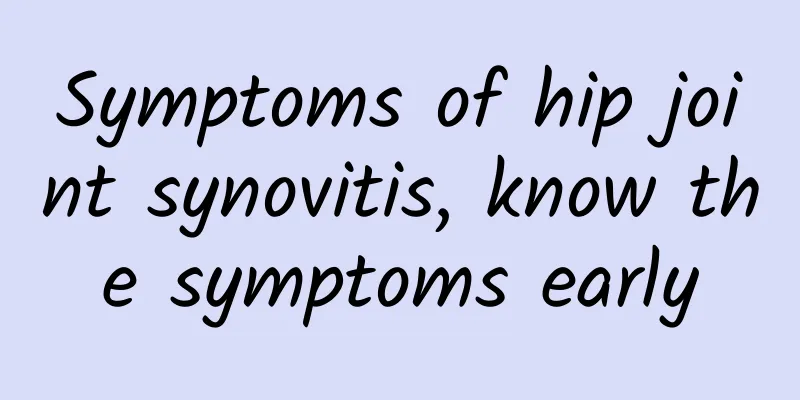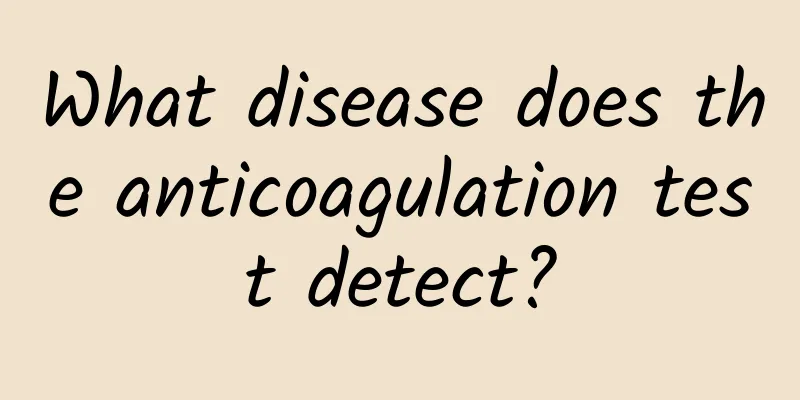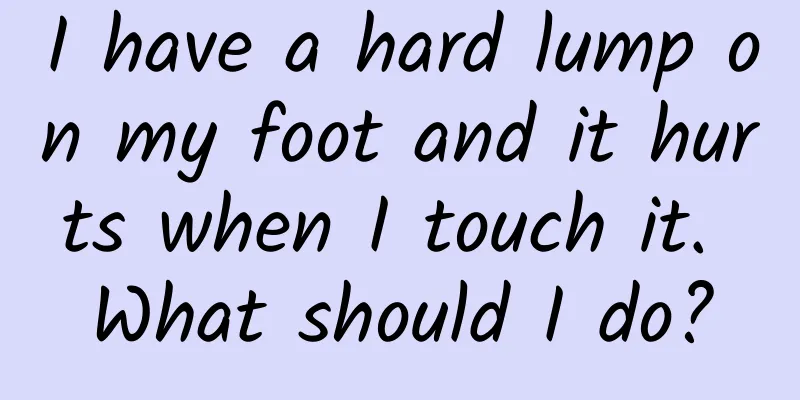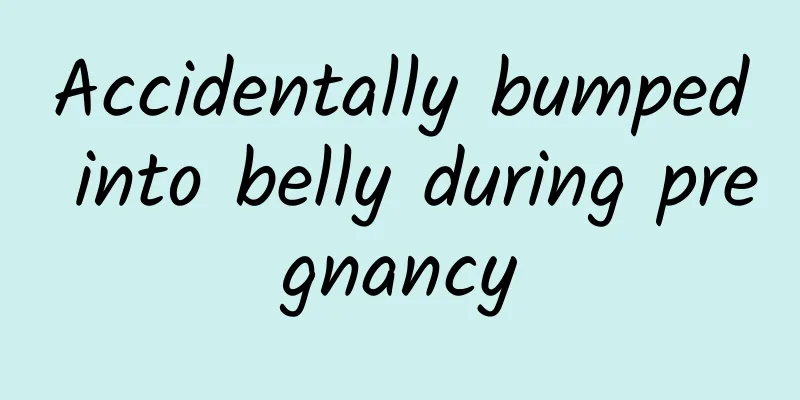I have had lower eyelid twitching for 3 months.

|
Eyelids are eyelids. If they twitch occasionally, it is not a serious problem. The lower eyelid has been twitching for 3 months, which is obviously abnormal. It is more likely caused by disease. The most likely cause is facial spasm. We need to have a comprehensive understanding of the facial spasm and figure out the situation so that we can better treat it. Next, let’s look at hemifacial spasm. Since the initial symptom of hemifacial spasm is eyelid twitching, and there is a saying among the people that "left eye twitching means wealth, right eye twitching means disaster", people generally do not take it seriously. After a period of time, it develops into hemifacial spasm, which affects the corners of the mouth and, in severe cases, the neck. Hemifacial spasm can be divided into two types: primary hemifacial spasm and secondary hemifacial spasm, which is the hemifacial spasm caused by the sequelae of facial paralysis. The two types can be distinguished by symptoms. Primary facial spasm can also occur in a static state, and the spasm will be relieved after a few minutes and is uncontrollable; the facial spasm caused by sequelae of facial paralysis only occurs during actions such as blinking and raising eyebrows.Primary hemifacial spasm usually occurs after middle age and is more common in women. In the early stage of the disease, the orbicularis oculi muscle on one side has paroxysmal involuntary twitching, which gradually and slowly spreads to other facial muscles on one side of the face. The twitching of the muscles at the angle of the mouth is the most noticeable. In severe cases, it may even affect the platysma muscle on the same side, but the frontalis muscle is less affected. The severity of the convulsions varies, and they are paroxysmal, rapid, and irregular. The convulsions are mild at first, lasting only a few seconds, and then gradually lengthen to several minutes or longer, while the intervals between convulsions gradually shorten and the convulsions become more frequent and severe. In severe cases, the disease becomes rigid, causing the eye on the same side to be unable to open, the corner of the mouth to be crooked to the same side, and the person to be unable to speak. The disease is often aggravated by fatigue, mental tension, and voluntary movements, but the person cannot imitate or control the attack by himself. A convulsion can last from a few seconds to more than ten minutes, with intervals of varying lengths. The patient feels upset and unable to work or study, which seriously affects his physical and mental health. Most convulsions stop after falling asleep. Bilateral facial muscle spasm is very rare. If there is, the disease usually occurs on both sides one after the other. After one side stops convulsing, the other side will start to convulse. Moreover, the convulsion on one side is lighter than that on the other side. There have been no reports of bilateral convulsions occurring at the same time. A small number of patients experience mild facial pain during convulsions, and some cases may be accompanied by ipsilateral headache and tinnitus. |
<<: How to deal with stomach bloating? Simple method
>>: The lower eyelid suddenly swelled up
Recommend
What are the common causes of male urethral discomfort?
Discomfort in the male urethral opening must be t...
Can soaking dried hawthorn in water effectively reduce weight?
For those who want to lose weight, the most impor...
What causes nose bleeding?
We should all have experienced nosebleeds. There ...
What's wrong with the small red spots on my chest?
If a woman has a lot of small red dots on her che...
The spleen meridian is an important acupuncture point for treating the stomach
The full name of the spleen meridian is the splee...
What to do if the male genitals itch? This will stop the itch faster
Many men may have itching problems in their male ...
What to do if the pimple on the chin hurts when pressed
In summer, many people often have some minor prob...
What causes brain edema and convulsions?
Disease is a factor that affects people's hea...
The efficacy and function of lilac
Lilac is mainly produced in Northeast, Northwest,...
What should I do if a millet-sized pimple grows under the corner of my eye?
The small, hard, white bumps are generally fat pa...
What does ginseng supplement?
The main effect of ginseng is to replenish qi. Sp...
What medicine is good for cervical effusion?
In people's daily lives, most people are more...
Side effects of whitening injections
Every woman hopes to have skin as white as snow, ...
Right tonsil swelling
Tonsils are mainly composed of lymphatic tissue, ...
What causes cold legs?
In the case of cold legs and feet, it is necessar...









